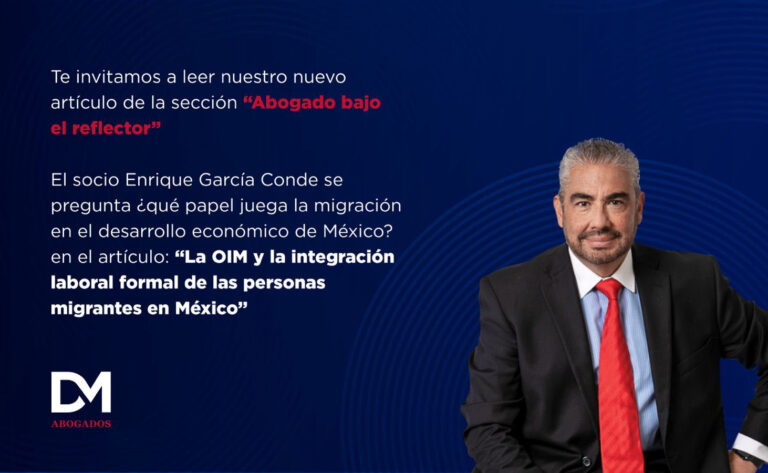The Covid-19 pandemic, which greatly affected the whole world and forced millions of people to remain at home led thousands of companies to adopt the modality of teleworking or home office with the objective of continuing their operations and not laying off a greater number of people.
During the health contingency, remote work was a key strategy for companies; nevertheless, there were no regulations in its regard in many places, thus causing mental and physical problems to employees, as they spent a greater number of hours before their computers or electronic devices than they used to.
However, five years after the worst part of the pandemic, the modality of home office or teleworking is no longer a tool that companies want to implement fully, and some are even seeking to return to presential operations at their offices or at their plants in 100%.
A study conducted by Gallup shows that 38% of fully remote employees would prefer hybrid work; that is, almost four out of every 10 would renounce to their time spent entirely at home to combine the flexibility of teleworking with social interaction and coexistence in an office environment.
Additionally, according with the analysis of Ipsos’ Making the Case for the Office, 62% of workers that go to the office between one and three days perceive an improvement in their well-being.
In an interview with El Economista, Blanya Cristina Correal, Sr consultant at TAMIM HR Consulting, points out that the pandemic changed the reality, particularly in the worker’s expectations but, nevertheless, organizational cultures were not transformed to the same extent.
“I think that the pandemic forced us all to stay at home, but I believe that the lack of planning involved is also giving place to the return of people. And I think that the learning for me in the pandemic was that, if we had been able to plan this better, the result would have been better”, she says.
Research conducted by Accenture indicates that 83% of employees on a global basis consider that a hybrid work model would be ideal in the future.
Olivia Segura, Human Capital Consulting and Talent Management partner at KPMG Mexico, says that presential work is increasing and the distance work modality is decreasing; nevertheless, flexibility has become a significant differentiator in the value proposition for talent, in which days and working hours of the presential scheme have been modified and adapted to the needs of the business and the expectations of the talent.
“Finding the balance between both will be key for safeguarding the personnel’s well-being and the integration with their personal life, without losing sight of the business goals, and it is important to point out that the leadership layers have been sensitive to this flexibility in hours and days in order to achieve greater satisfaction, commitment and, thus, reduce personnel turnover in the positions in which hybrid work is possible”, she says.
According to Adecco’s 2024 Salary Guide, companies have started to normalize and standardize the modality of home office or teleworking, offering it to the positions that can conduct their activities from home, with an average modality of three presential days and two days from home.
It adds that some companies choose the days in which the worker must go to the office and others leave the option open to the worker.
Arguments by the companies
Blanya Cristina explains that the employee himself is often the one that does not want to work from home, even saying that the hybrid or virtual work modality is seen today as a benefit.
“I found three underlying arguments. The first one has to do with the topic of company identity, how it is having an impact on this connection with the people; the second one relates to innovation, what companies seek is that, with the return of people, spaces in which we can connect will be generated; and the third is that we are more productive in person. I believe that this issue is more related to a very sensitive topic, which is a question of control”, she points out.
The future of home office
Olivia Segura points out that home office went from being the rule to becoming, once more, a differentiator that allows the improvement of the personnel’s experience and that, unfortunately, not all companies are considering keeping it as part of their benefits.
“It is a reality that there are companies that have reduced their real estate footprint and, therefore, there are not sufficient workstations or space available for all people to work in the presential mode every day of the week and, therefore, staggered schedules, flexibility and organization for distributing and programming the use of facilities becomes a key factor for continuing to work effectively”, she says.
Blanya Cristina believes that the future of teleworking will be under a more presential environment, “undoubtedly, but I believe that, even though the environment will be much more presential, I do believe that we will be able to have hybrid schemes.”
“We are moving toward presential work, but I believe that this issue of low availability of workspaces will surely be a driver for having a certain balance. Thus, we will probably end up with a scheme of around four days at the office, one remote day, which I believe is still an interesting combination. But yes, I do see and predict that we are somewhat returning to working in person”, the expert points out.




